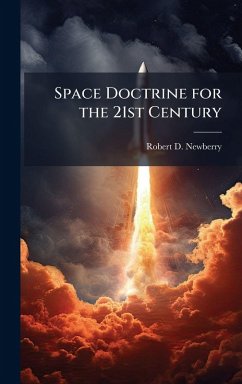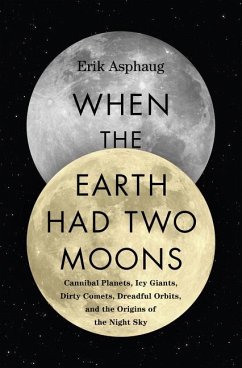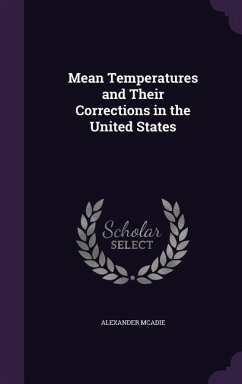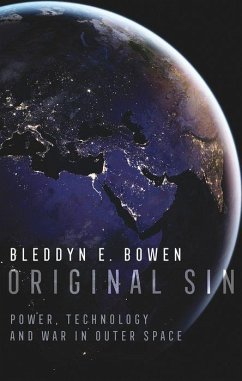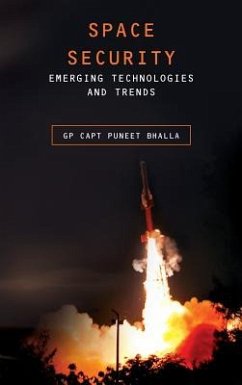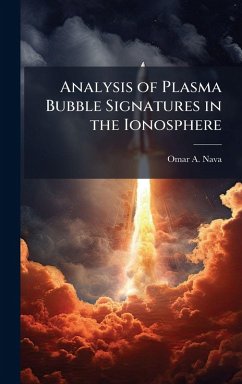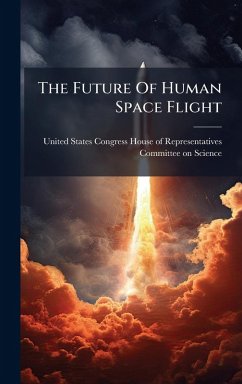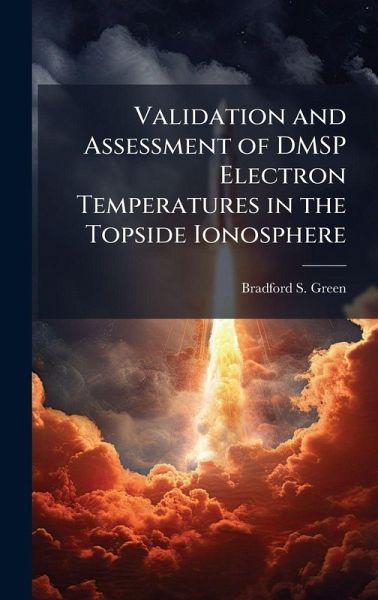
Validation and Assessment of DMSP Electron Temperatures in the Topside Ionosphere
Versandkostenfrei!
Versandfertig in über 4 Wochen
29,99 €
inkl. MwSt.
Weitere Ausgaben:

PAYBACK Punkte
15 °P sammeln!
Geomagnetic disturbances in the near earth space environment can adversely affect numerous military and Department of Defense (DoD) systems and operations. To improve the prediction accuracy of such disturbances, the Global Assimilation of Ionospheric Measurements (GAIM) working group is spearheading an effort to incorporate near real-time ionospheric measurements into the next generation of space environment forecast models. Since the model software is designed to automate the data ingest process, the need arises to examine and validate the quality of such measurements before being assimilate...
Geomagnetic disturbances in the near earth space environment can adversely affect numerous military and Department of Defense (DoD) systems and operations. To improve the prediction accuracy of such disturbances, the Global Assimilation of Ionospheric Measurements (GAIM) working group is spearheading an effort to incorporate near real-time ionospheric measurements into the next generation of space environment forecast models. Since the model software is designed to automate the data ingest process, the need arises to examine and validate the quality of such measurements before being assimilated into such a model. One such measurement to explore, which is the focus of this research, is the Defense Military Satellite Program (DMSP) measured electron temperature (Te). DMSP Te data were validated against near simultaneous incoherent scatter radar (ISR) Te measurements from Millstone Hill, MA and Sondrestrom, Greenland for a select 43 conjunctions between Winter 1996 and Summer 2000. DMSP Te measurements for a given overpass were averaged, while ISR Te values were either averaged or extrapolated, depending on the ISR mode, to determine Te comparison values. In some cases, instrument related anomalies produced unreliable measurements. Of the 37 Millstone and six Sondrestrom conjunctions compared, DMSP Te values exceeded ISR Te values by an average of about 25 percent, which is nearly three times the mean ISR uncertainty. Photoelectrons collected by the DMSP Electron Probe contaminated Te values particularly during solar minimum. This work has been selected by scholars as being culturally important, and is part of the knowledge base of civilization as we know it. This work was reproduced from the original artifact, and remains as true to the original work as possible. Therefore, you will see the original copyright references, library stamps (as most of these works have been housed in our most important libraries around the world), and other notations in the work. This work is in the public domain in the United States of America, and possibly other nations. Within the United States, you may freely copy and distribute this work, as no entity (individual or corporate) has a copyright on the body of the work. As a reproduction of a historical artifact, this work may contain missing or blurred pages, poor pictures, errant marks, etc. Scholars believe, and we concur, that this work is important enough to be preserved, reproduced, and made generally available to the public. We appreciate your support of the preservation process, and thank you for being an important part of keeping this knowledge alive and relevant.



